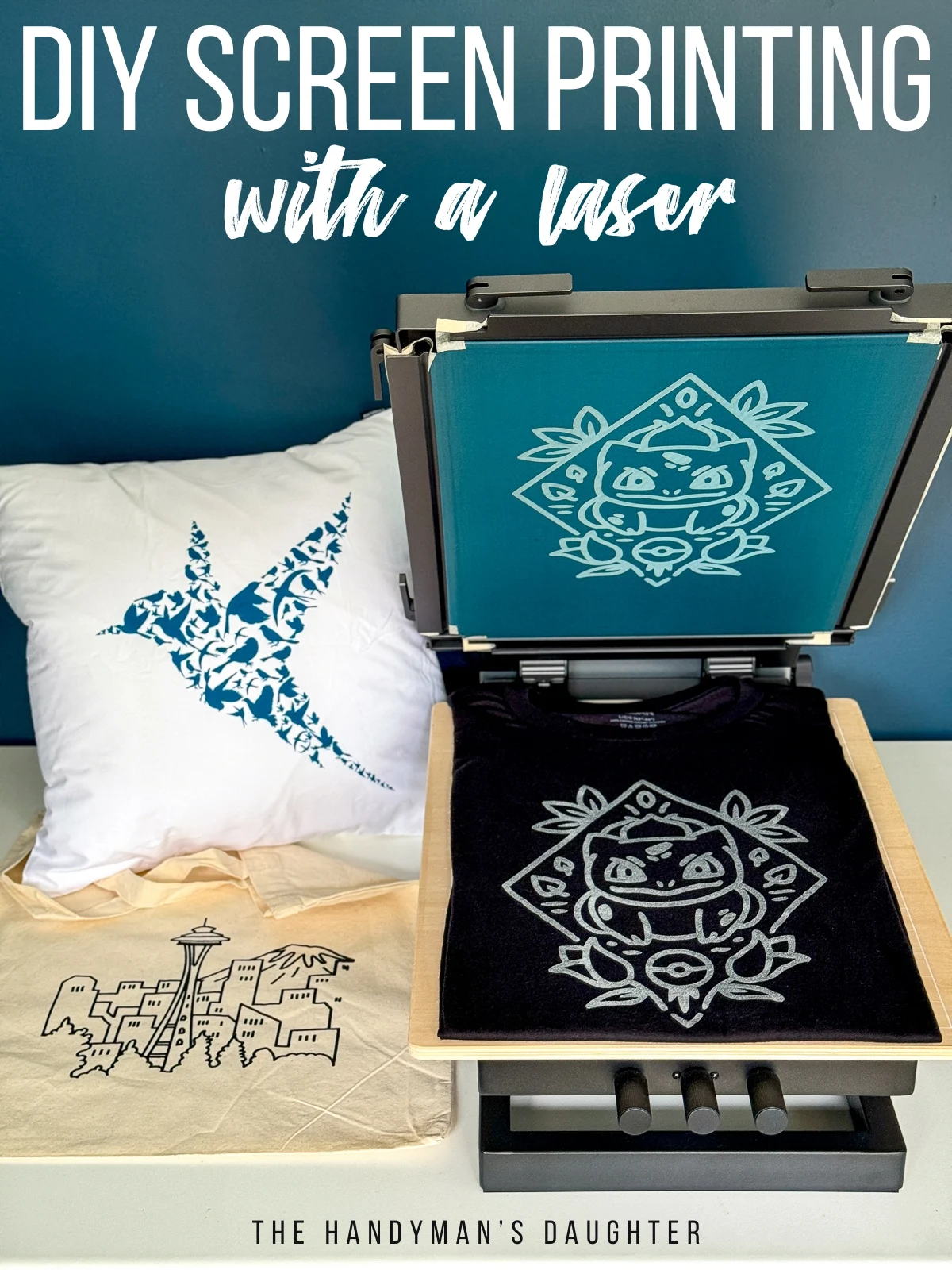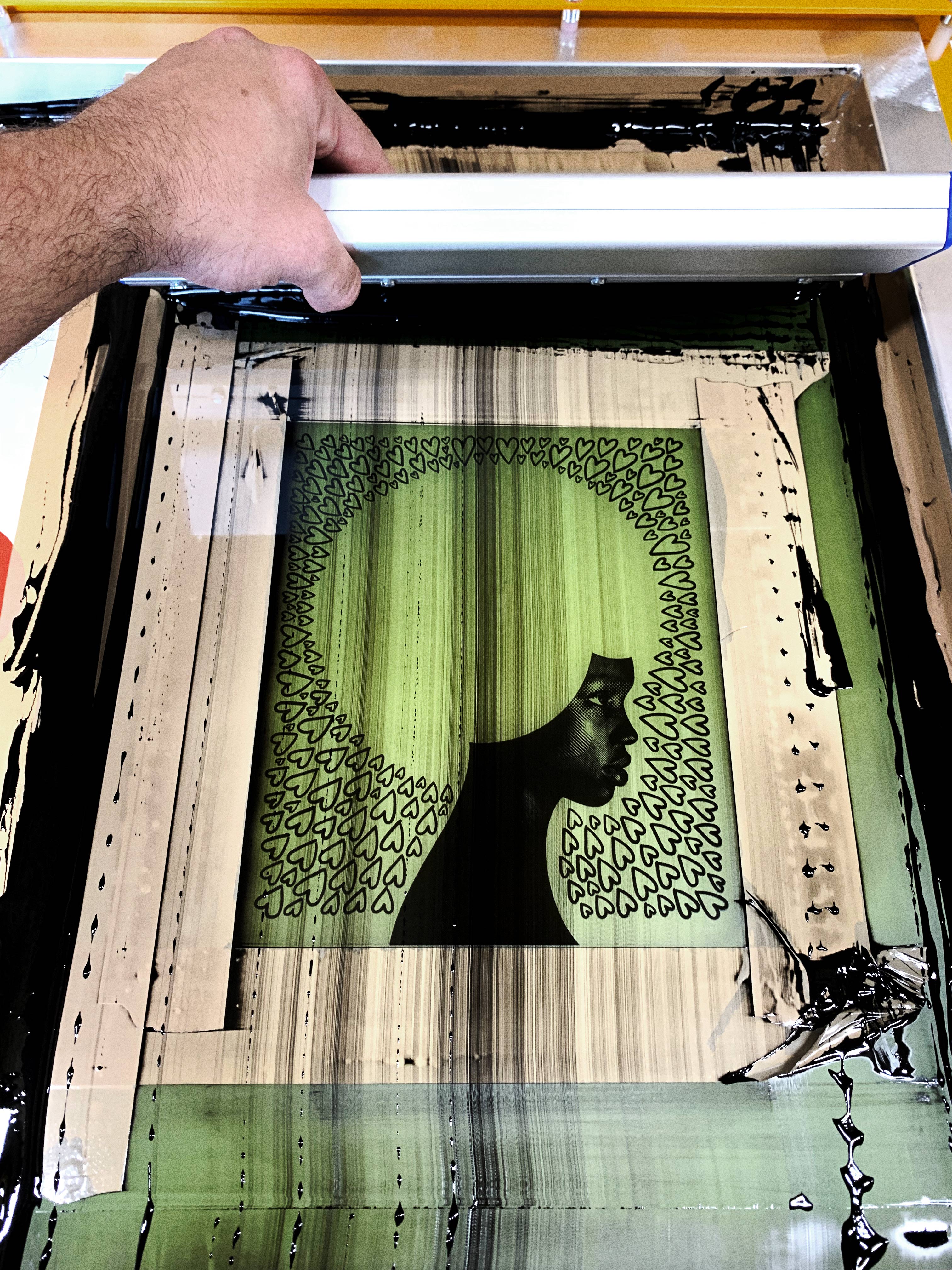The Crucial Overview to Comprehending Screen Printing and Its Versatile Makes use of
Screen printing has a rich history that dates back to ancient times, developing into an innovative strategy utilized across numerous sectors today. This overview checks out the intricacies of the screen printing process, detailing its applications in advertising and marketing, home, and fashion decoration - 10:9 Design Abilene. Comprehending these fundamentals can open creative possibility for both artistic and commercial projects. The adhering to areas will certainly expose important suggestions and methods to boost one's screen printing undertakings
The Background of Screen Printing
Screen printing has roots that map back centuries, its evolution reflects the technological and artistic developments of numerous cultures. Stemming in ancient China, the method was originally utilized for decorating fabrics and later spread to Japan, where it ended up being important to Ukiyo-e woodblock printing. The technique moved to Europe in the 18th century, where it gained popularity among artisans and business printers. The invention of photo solution in the 20th century reinvented screen printing, enabling more elaborate styles and higher efficiency. Musicians like Andy Warhol additionally thrust its popularity, using the tool to develop iconic jobs that mixed commercialism and great art. By the late 20th century, screen printing had actually established itself as a flexible strategy, employed in fashion, advertising, and great art. Today, it remains to evolve, integrating electronic technology and broadening its applications across numerous industries.
The Screen Printing Process Explained
Screen printing transforms creative visions into tangible designs with a series of precise steps. A picture is created and then transferred onto a screen, commonly made of great mesh fabric stretched over a framework. A light-sensitive solution is used to the screen, which is revealed to light, solidifying in locations not covered by the picture. After rinsing the unhardened solution, a stencil is developed.
Next off, the screen is placed over the substrate, whether it be material, paper, or one more product. Ink is then pressed through the open areas of the pattern utilizing a squeegee, depositing the layout onto the substratum below. This process can be repeated for numerous colors, needing different displays for each shade. Ultimately, the published product is healed using warm to ensure the ink adheres appropriately, resulting in a long lasting, lively design on-line.
Kinds Of Screen Printing Techniques

In addition, specialized methods, such as discharge screen printing, eliminate color from the textile to produce softer prints, while aluminum foil screen printing uses metal aluminum foil to achieve a glossy coating (10:9 Design Screen Printing). Each strategy provides distinctive features, dealing with numerous innovative demands and manufacturing ranges, inevitably increasing the possibilities within the screen printing domain
Applications of Screen Printing in Different Industries

Additionally, the signs and advertising sectors make use of screen printing for creating captivating displays and banners. This technique permits strong colors and elaborate designs that record focus. In electronics, screen printing is utilized for applying conductive inks to motherboard, vital for component links. Moreover, the home design industry accepts screen printing to generate distinct styles on fabrics and wall art. On the whole, screen printing acts as a vital tool throughout varied areas, boosting items with customized and aesthetically attractive graphics.
Tips for Successful Screen Printing Projects
While undertaking a screen printing project, careful interest to information can considerably boost the last result. Picking high-quality materials is essential; this includes the screen, inks, and substrates. Utilizing ideal mesh counts can influence ink deposition and information resolution. Preparation is similarly important; extensive cleaning of screens and correct exposure times guarantee crisp prints.
Next off, accurate enrollment is vital for multi-color prints. Making use of placement tools can help achieve accurate layering. Furthermore, testing prints on scrap materials prior to production aids determine possible issues without wasting sources.

Frequently Asked Concerns
What Products Are Ideal for Screen Printing on Fabric?
Cotton and polyester blends are ideal for screen printing on material as a result of their durability and ink absorption. Additionally, specialized fabrics like silk or canvas can generate one-of-a-kind textures and surfaces, improving the overall layout high quality.
Exactly how Do I Clean and Maintain Screen Printing Tools?
To maintain and clean up screen printing devices, one must consistently wash displays with appropriate solvents, check mops for wear, lubricate moving components, and shop all items in a dry, dust-free atmosphere to extend their lifespan.
What Are the Environmental Effects of Screen Printing?
Screen printing can have substantial ecological effects, including chemical waste from solvents and inks, water usage throughout cleaning processes, and energy usage. Sustainable techniques and environmentally friendly materials are important for lessening these adverse results.
Can Screen Printing Be Done in your home Efficiently?
Screen printing can be successfully done at home with the appropriate products and techniques. Hobbyists can produce high quality prints, though success depends on their ability degree, tools, and understanding of the procedure involved.
What Are the Costs Related To Beginning a Screen Printing Organization?

Beginning a screen printing company includes expenses for devices, products, and work area. First expenses normally range from a couple of hundred to several thousand bucks, relying on the range, top quality of equipment, and preferred production capacity.
Screen printing has a rich background that dates back to old times, advancing into an innovative technique used across various markets today. Another method, rotating screen printing, employs round screens, helping with continual printing on textile rolls, therefore enhancing efficiency for large productions. Furthermore, specialized techniques, such as discharge screen printing, eliminate color from the textile to develop softer prints, while foil screen printing uses metal aluminum foil to attain a glossy surface. In the fashion industry, screen printing is commonly used to produce dynamic styles on apparel, enabling brands to display their distinct styles. Cotton and polyester blends are optimal for screen printing on fabric due to their toughness and ink absorption.